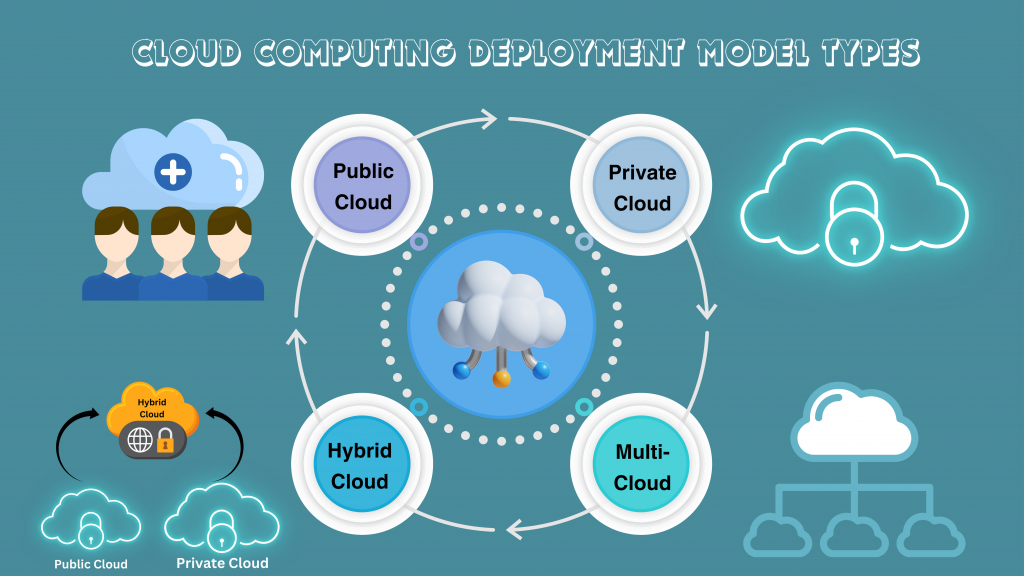In today’s digital age, the concept of cloud computing platform has become a cornerstone of technological innovation, heralded as a game-changing paradigm that is redefining how individuals and businesses interact with data and operational infrastructure. Cloud computing, at its core, refers to the delivery of a wide array of computer services—ranging from servers, storage, and databases to networking, software, and analytics—over the internet, commonly referred to as “the cloud.” This approach enables swift innovation, flexible resource allocation, and economies of scale, akin to how utilities like electricity or water are accessed. Instead of owning and managing physical data centers or infrastructure, businesses and individuals can tap into virtualized resources whenever needed and pay only for what they use.
By leveraging cloud computing platform services such as Infrastructure as a Service (IaaS), Platform as a Service (PaaS), and Software as a Service (SaaS), organizations can streamline their operations and focus on core business activities without the burden of managing complex infrastructure. These services offer a spectrum of benefits, including scalability to handle fluctuating workloads, cost-efficiency through pay-per-use models, agility in deploying applications, and accessibility from anywhere with an internet connection, fostering collaboration and remote work capabilities.
Comprehending Cloud Computing
The provision of computer services, including servers, storage, databases, networking, software, analytics, and more, over the internet (referred to as “the cloud”) to facilitate quicker innovation, more adaptable resource availability, and economies of scale is the essence of cloud computing. Instead of owning data centers or other physical infrastructure, customers can obtain computer resources whenever needed and just pay for what they use. This is similar to electricity or water utilities.
Principal Elements of Cloud Computing
Infrastructure as a Service (IaaS): Offers virtualized computing resources, such as servers, storage, and networking, via the internet.
Platform as a Service (PaaS): Provides a platform so users can create, execute, and maintain applications without having to worry about the intricacies of the underlying infrastructure.
Software as a Service (SaaS): This option eliminates the need for installation and upkeep by delivering software applications via the Internet on a subscription basis.
Cloud Computing Deployment Model Types

Public Cloud: A cloud service provider such as Amazon Web Services (AWS), Microsoft Azure, or Google Cloud Platform (GCP) sends services via the Internet and shares them with other businesses.
Private Cloud: Dedicated infrastructure, either in-house or through an outside supplier, is utilized by a single company.
Hybrid Cloud: Combines public and private cloud environments, allowing data and applications to be shared between them seamlessly.
Multi-Cloud: Involves using services from multiple cloud providers to leverage specific features or avoid vendor lock-in.
Advantages of Cloud Computing
Scalability: Allows firms to effectively manage workload changes by adjusting resources to meet demand.
Cost-Efficiency: Organizations can lower capital costs related to sustaining physical infrastructure by implementing pay-per-use pricing structures.
Agility and Flexibility: Facilitates the quick deployment of resources and apps, shortening the time it takes for new goods and services to reach the market.
Accessibility: Cloud services are available to users from any location with an internet connection, encouraging remote work and collaboration.
Reliability and Redundancy: To ensure high service availability, cloud providers provide dependable infrastructure with built-in redundancy and disaster recovery capabilities.
Obstacles and Considerations
Security: Off-premises storage of sensitive data raises questions about data breaches and illegal access.
Compliance: Companies in regulated sectors need to make sure their cloud providers follow all applicable laws and guidelines.
Vendor Lock-In: Switching between cloud providers can be difficult and expensive due to differing services, APIs, and data formats.
Performance and Latency: Variables like data transfer speeds and network latency might impact the performance of an application, especially for latency-sensitive workloads.
Data Sovereignty: Businesses need to consider where their data is kept and ensure compliance with local data protection rules and legislation.
Prospects & Outlook for the Future
The following trends are influencing how cloud computing will develop in the future as technology advances:
Edge Computing: Reduces latency and bandwidth consumption by bringing processing capacity closer to the data source.
Serverless Computing: Removes the need for infrastructure administration, allowing developers to concentrate on developing software.
Artificial Intelligence and Machine Learning: Cloud service providers are incorporating these technologies into their automation and sophisticated analytics platforms.
Quantum Computing: Offers unheard-of computational power with the potential to transform data processing and cryptography.
Conclusion
Cloud computing offers never-before-seen scale, flexibility, and accessibility, fundamentally changing the way enterprises operate. Leveraging the power of the cloud, enterprises can gain a competitive edge, lower expenses, and accelerate innovation. To make the most of this technology and make educated decisions, it is imperative to comprehend the subtleties of cloud computing, including deployment strategies, advantages, drawbacks, and developing trends. The cloud will undoubtedly continue to play a crucial role in shaping the future of computing and driving innovation across all industries.


